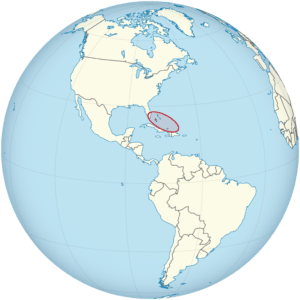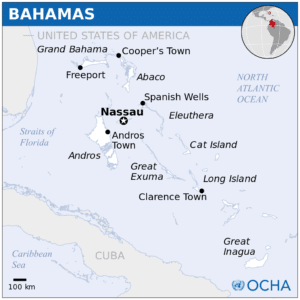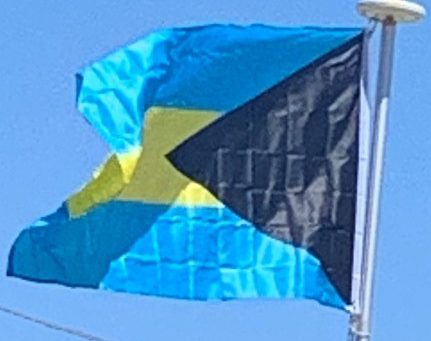Introduction:
The Bahamas, known officially as the Commonwealth of The Bahamas, is a country within the Lucayan Archipelago. The archipelagic state consists of more than 700 islands, cays, and islets in the Atlantic Ocean, and is located north of Cuba and Hispaniola (Haiti and the Dominican Republic), northwest of the Turks and Caicos Islands, southeast of the U.S. state of Florida, and east of the Florida Keys. The capital is Nassau on the island of New Providence. The designation of “the Bahamas” can refer either to the country or to the larger island chain that it shares with the Turks and Caicos Islands. The Royal Bahamas Defence Force describes the Bahamas territory as encompassing 180,000 square miles of ocean space.

The Bahamas is the site of Columbus’s first landfall in the New World in 1492. At that time, the islands were inhabited by the Lucayans, a branch of the Arawakan-speaking Taíno people. Although the Spanish never colonized the Bahamas, they shipped the native Lucayans to slavery in Hispaniola. The islands were mostly deserted from 1513 until 1648, when English colonists from Bermuda settled on the island of Eleuthera.
The Bahamas became a British crown colony in 1718, when the British clamped down on piracy. After the American Revolutionary War, the Crown resettled thousands of American Loyalists in the Bahamas; they brought their slaves with them and established plantations on land grants. Africans constituted the majority of the population from this period. The slave trade was abolished by the British in 1807; slavery in the Bahamas was abolished in 1834. Subsequently, the Bahamas became a haven for freed African slaves; the Royal Navy resettled Africans there liberated from illegal slave ships, North American slaves and Seminoles escaped here from Florida, and the government freed slaves carried on US domestic ships that had reached the Bahamas due to weather. Today, Afro-Bahamians make up nearly 90% of the population.
The Bahamas became an independent Commonwealth realm in 1973 with Elizabeth II as its queen. In terms of gross domestic product per capita, the Bahamas is one of the richest countries in the Americas (following the United States and Canada), with an economy based on tourism and finance.
Etymology:
The name Bahamas is most likely derived from either the Taíno ba ha ma (“big upper middle land”), which was a term for the region used by the indigenous Native Americans, or possibly from the Spanish baja mar (“shallow water or sea” or “low tide”) reflecting the shallow waters of the area. Alternatively, it may originate from Guanahani, a local name of unclear meaning.

The word The constitutes an integral part of the short form of the name and is, therefore, capitalized. So in contrast to “the Congo” and “the United Kingdom”, it is proper to write “The Bahamas.” The name The Bahamas is thus comparable with certain non-English names that also use the definite article, such as Las Vegas or Los Angeles. The Constitution of the Commonwealth of The Bahamas, the country’s fundamental law, capitalizes the “T” in “The Bahamas.”
History:
Early History:
Taino people moved into the uninhabited southern Bahamas from Hispaniola and Cuba around the 11th century, having migrated there from South America. They came to be known as the Lucayan people. An estimated 30,000 Lucayans inhabited the Bahamas at the time of Christopher Columbus’s arrival in 1492.
